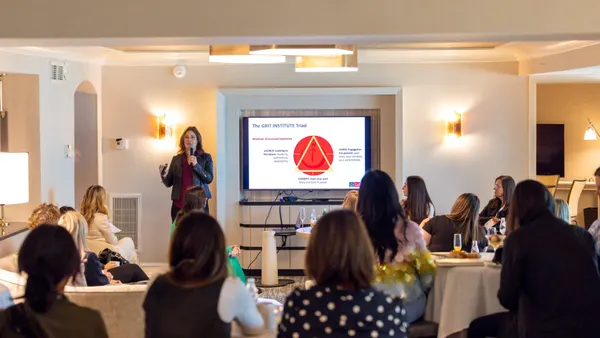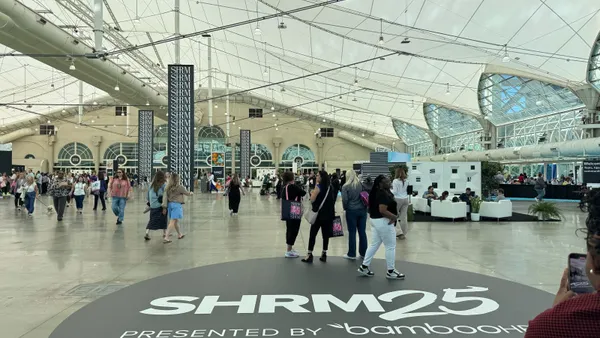As the year comes to an end, it's time to look back to see how far we've come -- and what is coming next.
Jayson Saba is a human capital management (HCM) technology executive who has done it all. Currently, he’s vice president of Strategy and Industry Relations at Ceridian, a global provider of HCM technology. In the past, Saba has been both a technology and service provider, and an industry analyst with the Aberdeen Group as well.
Saba singled out six key HCM trends for 2016:
Performance management to performance development
Saba told HRDive that in 2016, HR will need to change the way it manages performance. “More frequent and informal feedback is key. Start separating that performance from compensation,” he says. “By focusing on performance development, we actually address employee needs better.”
Teams on the rise
Everyone talks about engagement, Saba explains, but hardly anyone talks about the importance of teams. “How many of us have worked at awful companies, but stayed because we loved our teams and vice versa?” he says. Instead, many have left companies that are “great places to work” because they didn’t fit well within the team.
In 2016, Saba says, the employee engagement conversation will shift to a more human conversation. “It will be less about employees engaged with companies and more about employees engaging with teams, managers and other colleagues,” he explains.
Compliance
Ongoing Affordable Healthcare Act (ACA) challenges will continue to be a big piece of the discussion for HR in 2016. Saba says there are two dimensions to ACA: Managing the two major pieces of eligibility and affordability, and ensuring the IRS filings are completed properly and on time.
“As companies purchase HR software, this will be a major factor in the evaluation process,” he says.
Managing remote workers
According to Saba, HCM is always a challenging endeavor, but that's especially the case when working with a diverse team of employees stationed around the world.
“The world of work as we know it is changing – the Internet and specifically the rise of cloud computing is transforming the way companies do business,” he says
As a result, leading a remote workforce can present challenges for managers. Creating a strong company culture and engagement is especially important in getting a remote staff to work effectively, and can be done so by allowing autonomy for employees, constant communication and making the most of technology.
Baby boomer, millennial similarities
There have been an endless amount of articles stereotyping both the millennial and baby boomer generations, according to Saba. However, he says, the real insight lies in how they can effectively work together if they’re given the right environment.
“Millennials are touted for their creativity and potential, while the baby boomer is credited with their extensive experience,” Saba says. “If employers utilize assets of both millennials and baby boomers, they can form an unexpected source of power for a project or business.”
The Year of the Employee
Finally, Saba says 2016 is going to experience a sea change when it comes to employees. He believes that as HR continues to seek out the holy grail of proactively enabling businesses and vendors to stay the course on data-driven, insight-based decisions, another important shift will be closing the gap between company and employee.
“Companies will continue to look to vendors to help them do the right thing for their employee – taking employee life demands into consideration and ensuring a process that works for both the employee and company,” he says. “As it did in 2015, technology will be the key factor to closing that company-employee gap, enhancing engagement for everyone.”













